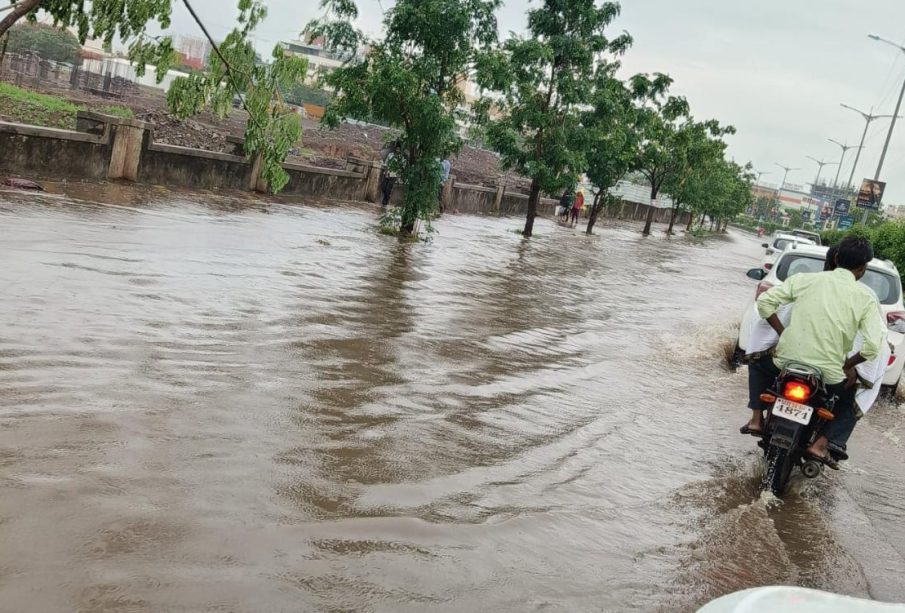Pimpri-Chinchwad Floods: A Community in Crisis

Introduction
The recent floods in Pimpri-Chinchwad have brought widespread devastation, affecting thousands of families and disrupting normal life. Understanding the causes and impact of these floods is crucial, as they highlight the vulnerability of urban areas to climate change and inadequate infrastructure. This incident serves as a wake-up call for local authorities and residents alike regarding the necessity of better disaster preparedness and effective urban planning.
Causes of the Flooding
The floods in Pimpri-Chinchwad, which began earlier this month, can be attributed to several factors. Heavy continuous rainfall, exceeding 200mm in just 24 hours, was ill-timed with the overflowing of local water bodies. The region has witnessed unusual weather patterns recently, which experts believe are linked to climate change. Moreover, rapid urbanization has led to significant alterations in land use and drainage systems, which contributed to the extent of the flooding.
Impact on the Community
The rains and resultant floods have severely impacted daily life in Pimpri-Chinchwad. Thousands of homes were inundated, leaving many families displaced and seeking shelter in relief camps. Infrastructure, including roads and bridges, suffered extensive damage, isolating several neighborhoods. Schools were closed for days, affecting children’s education, and local businesses faced financial loss due to the disruptions.
Emergency services have reported numerous rescues, and the local government is working tirelessly to provide essentials such as food, clean water, and medical assistance to those affected. However, the situation remains precarious with forecasts hinting at further rain in the coming days.
Government Response and Relief Efforts
In response to the crisis, the Pimpri-Chinchwad Municipal Corporation has mobilized resources for immediate rescue and relief operations. Local authorities are coordinating with non-governmental organizations (NGOs) to ensure that aid reaches those who need it most. Temporary shelters have been set up, and efforts are ongoing to restore critical infrastructure.
In the long term, the government has announced plans to invest in improved drainage systems and sustainable urban planning initiatives. This includes the integration of green spaces and better flood management systems to mitigate future risks.
Conclusion
The Pimpri-Chinchwad floods have underscored the urgent need for comprehensive flood management strategies in urban areas. As the community works towards recovery, this incident serves as a critical reminder of the challenges posed by climate change and the importance of resilience planning. It is essential for local authorities and citizens to collaborate in ensuring that such a disaster does not repeat itself in the future, fostering a more sustainable and safer environment for all.









